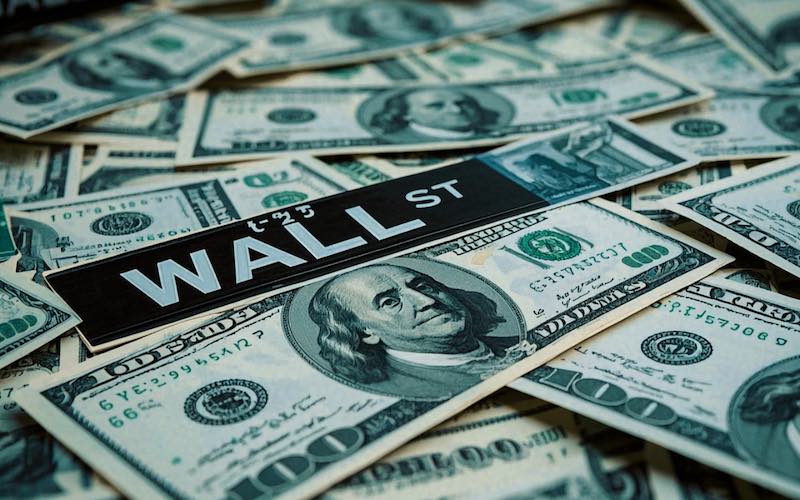The framework of the US-EU trade agreement has been reached. What is the impact? What is the response?
2025-07-28 18:20:05

Analysts pointed out that the agreement eased months of uncertainty, but the lack of details and implementation challenges have caused cautious sentiment. This article explores the core terms of the agreement, industry impact and reactions from all walks of life, revealing its economic and geopolitical significance.
Core Terms
The framework of the agreement imposes a 15% tariff on most EU goods exported to the United States (such as automobiles, semiconductors, and cosmetics), higher than the 1.2% before Trump took office and the 10% planned for "Liberation Day" in April 2025, but far lower than the 30% or 50% he threatened.
Exceptions include steel and aluminum, which continue to face 50% global tariffs, and the EU seeks quota relief; aircraft and parts, generic drugs, semiconductor equipment, some chemicals, agricultural products and key raw materials enjoy zero tariffs. Pharmaceuticals face a 15% tariff, but Trump hinted that it could be raised to 200%, adding uncertainty. Tariffs on alcoholic beverages such as French wines and spirits have not yet been determined and are still subject to negotiation.
The EU pledged to purchase $750 billion of U.S. energy (liquefied natural gas, oil, nuclear fuel) over three years to replace Russian supplies, and to invest an additional $600 billion in the U.S., covering the pharmaceutical and automotive industries. At the same time, the EU also agreed to purchase "large quantities" of U.S. military equipment and reduce non-tariff barriers (such as value-added tax and digital tax) to U.S. automobiles and agricultural products.
The deal was reached before an August 1 deadline, averting Trump's threat of 50% tariffs and retaliatory EU tariffs on 100 billion euros of U.S. goods.
However, analysts said that "it only counts if it is signed" and the agreement is only a framework that needs to be approved by the European Parliament and 27 countries, and faces internal coordination challenges.
Industry Impact
Automotive Industry
The 15% tariff has a significant impact on the EU auto industry, which was previously only 2.5%. German automakers (such as Volkswagen, BMW, and Mercedes-Benz) will see costs rise by 12%-15%, which may lead to price increases and weakening the US market share (EU auto exports to the US will be about $70 billion in 2024). American automakers (such as GM and Ford) face a 25% tariff on cars produced in Mexico, which will reduce their price competitiveness.
Morgan Stanley analyst Adam Jonas predicts that the profit margins of EU automakers in the US will drop by 1.5%-2%, and the market share of US automakers will decrease by 1%. UBS analyst Patrick Hummel believes that EU automakers may accelerate the construction of factories in the US, but there will be great pressure on short-term profits.
Pharmaceutical industry <br/>The pharmaceutical industry faces uncertainty. Von der Leyen confirmed a 15% tariff on drugs, but Trump may raise it to 200%. Ireland's pharmaceutical exports to the United States ($155 billion in 2024) may fall by 5% in profits. If tariffs rise sharply, the supply chain may be broken (Reuters).
Goldman Sachs analyst Chris Chaibani expects U.S. drug prices to rise by 4%-6%, affecting consumers who rely on EU generic drugs and increasing pressure on the health insurance system.
Energy Industry <br/>The EU's $750 billion in energy purchases will increase revenues for U.S. LNG exporters such as Cheniere Energy by 10%-15%, but EU energy prices could rise by 7% due to dollar settlement.
The "stability" of the $600 billion investment commitment was questioned by Breski, while Maury Obstfeld of the Peterson Institute for International Economics estimated that the actual additional investment would be only $250 billion. Christian Keller of Barclays warned that the implementation of EU fiscal constraints might be delayed.
Response from all walks of life
Jan Hatzius, chief economist of Goldman Sachs, believes that a 15% tariff will limit the impact on global GDP to 0.2%-0.3%, far lower than the 0.7%-1% of a 50% tariff.
Morgan Stanley chief economist Seth Carpenter predicted that US core PCE inflation will rise by 0.4% in 2026, with the automobile and pharmaceutical industries hit hardest. Adam Jonas suggested that US automakers increase investment in the United States to avoid tariffs.
Jonathan Pincus of UBS expects a 6% drop in EU exports to the US, but tariff-free aircraft will boost Boeing revenue by 5%. Christian Keller of Barclays warns that intra-EU coordination could delay investment until 2026.
The Financial Times pointed out that the EU compromised under Trump's "tariff steam engine", and the 15% tariff was "painful but bearable" for Germany, but the risk of pharmaceutical tariffs continued.
Bloomberg stressed that the agreement avoided "economic paralysis", but it also led to rising energy costs for the EU and increased geopolitical influence of the United States.
Reuters called the deal "urgent relief", but EU Trade Commissioner Maros Sefcovic warned that French concerns over alcohol tariffs could delay ratification.
Jon Flake of the Atlantic Council believes the agreement preserves NATO cooperation.
Summarize
The 2025 US-EU trade agreement framework avoids a devastating trade war and stabilizes the global economy, but the 15% tariff, uncertainty about drug tariffs, and difficulty in implementing investment commitments pose challenges. The automotive and pharmaceutical industries face significant cost pressures, and EU energy purchases enhance the US's geopolitical influence.
The agreement has eased trade tensions, but there remains caution on the details and Trump's policy reversals, and the success or failure of the agreement depends on subsequent negotiations and approval.
- Risk Warning and Disclaimer
- The market involves risk, and trading may not be suitable for all investors. This article is for reference only and does not constitute personal investment advice, nor does it take into account certain users’ specific investment objectives, financial situation, or other needs. Any investment decisions made based on this information are at your own risk.





















